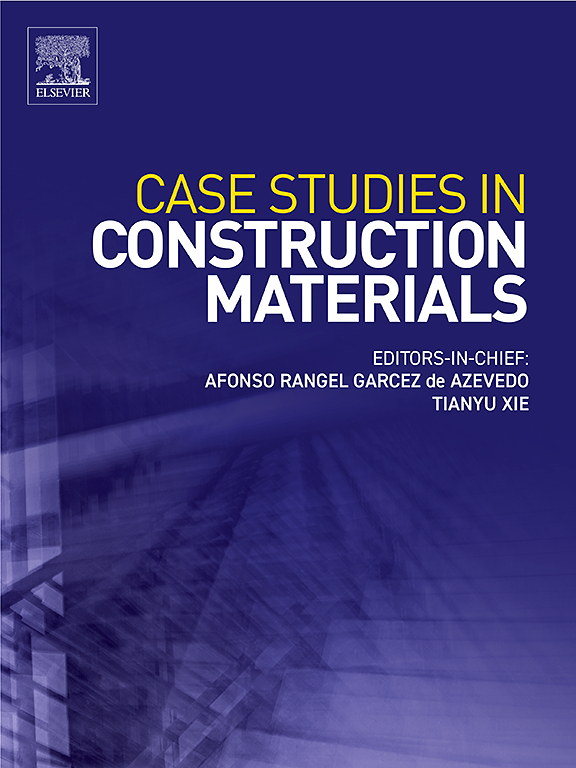Optimizing the compatibility of pyrolytic carbon black and asphalt interfaces using silane coupling agents: A cross-scale approach
IF 6.6
2区 工程技术
Q1 CONSTRUCTION & BUILDING TECHNOLOGY
引用次数: 0
Abstract
This study systematically investigates the impact of three types of silane coupling agents on the molecular behavior of asphalt at the interface with pyrolytic carbon black (PCB) derived from waste tire pyrolysis, ranging from nano to macro scales. The goal is to provide a theoretical foundation for optimizing the compatibility of PCB-modified asphalt. Molecular dynamics models of the asphalt/coupling agent/PCB interface were constructed using Materials Studio software to analyze in detail how the dosage and type of coupling agent influence the compatibility at the asphalt/PCB interface. Furthermore, macroscopic compatibility tests, dynamic shear rheological (DSR) tests, and Fourier Transform Infrared Spectroscopy (FTIR) were performed to validate the simulation results and refine the optimization of the material formulation. The results show that the compatibility of PCB-modified asphalt significantly improves when the dosage of KH550 coupling agent is 1.34 %, and that of KH560 is 2.82 %, with improvements of 13.2 % and 12.5 %, respectively. Moreover, the molecular dynamics simulation results for KH560 and KH590 coupling agents correlate strongly with the macroscopic test results, further confirming the accuracy and reliability of the models. This study enriches the theoretical framework of PCB-modified asphalt compatibility and provides scientific guidance for material formulation design in practical applications.
利用硅烷偶联剂优化热解炭黑与沥青界面的相容性:一种跨尺度方法
本研究系统研究了三种硅烷偶联剂对沥青与废轮胎热解所得热解炭黑(PCB)界面分子行为的影响,从纳米到宏观尺度进行了研究。目的是为优化pcb改性沥青的相容性提供理论依据。利用Materials Studio软件建立沥青/偶联剂/PCB界面的分子动力学模型,详细分析偶联剂的用量和种类对沥青/PCB界面相容性的影响。通过宏观相容性测试、动态剪切流变学(DSR)测试和傅里叶变换红外光谱(FTIR)测试验证了模拟结果,并对材料配方进行了优化。结果表明,当偶联剂KH550用量为1.34 %、KH560用量为2.82 %时,pcb改性沥青的相容性显著提高,分别提高13.2 %和12.5 %。此外,KH560和KH590偶联剂的分子动力学模拟结果与宏观试验结果具有较强的相关性,进一步证实了模型的准确性和可靠性。本研究丰富了pcb改性沥青相容性的理论框架,为实际应用中的材料配方设计提供了科学指导。
本文章由计算机程序翻译,如有差异,请以英文原文为准。
求助全文
约1分钟内获得全文
求助全文
来源期刊

Case Studies in Construction Materials
Multiple-
CiteScore
7.60
自引率
19.40%
发文量
842
审稿时长
63 days
期刊介绍:
Case Studies in Construction Materials provides a forum for the rapid publication of short, structured Case Studies on construction materials. In addition, the journal also publishes related Short Communications, Full length research article and Comprehensive review papers (by invitation).
The journal will provide an essential compendium of case studies for practicing engineers, designers, researchers and other practitioners who are interested in all aspects construction materials. The journal will publish new and novel case studies, but will also provide a forum for the publication of high quality descriptions of classic construction material problems and solutions.
 求助内容:
求助内容: 应助结果提醒方式:
应助结果提醒方式:


